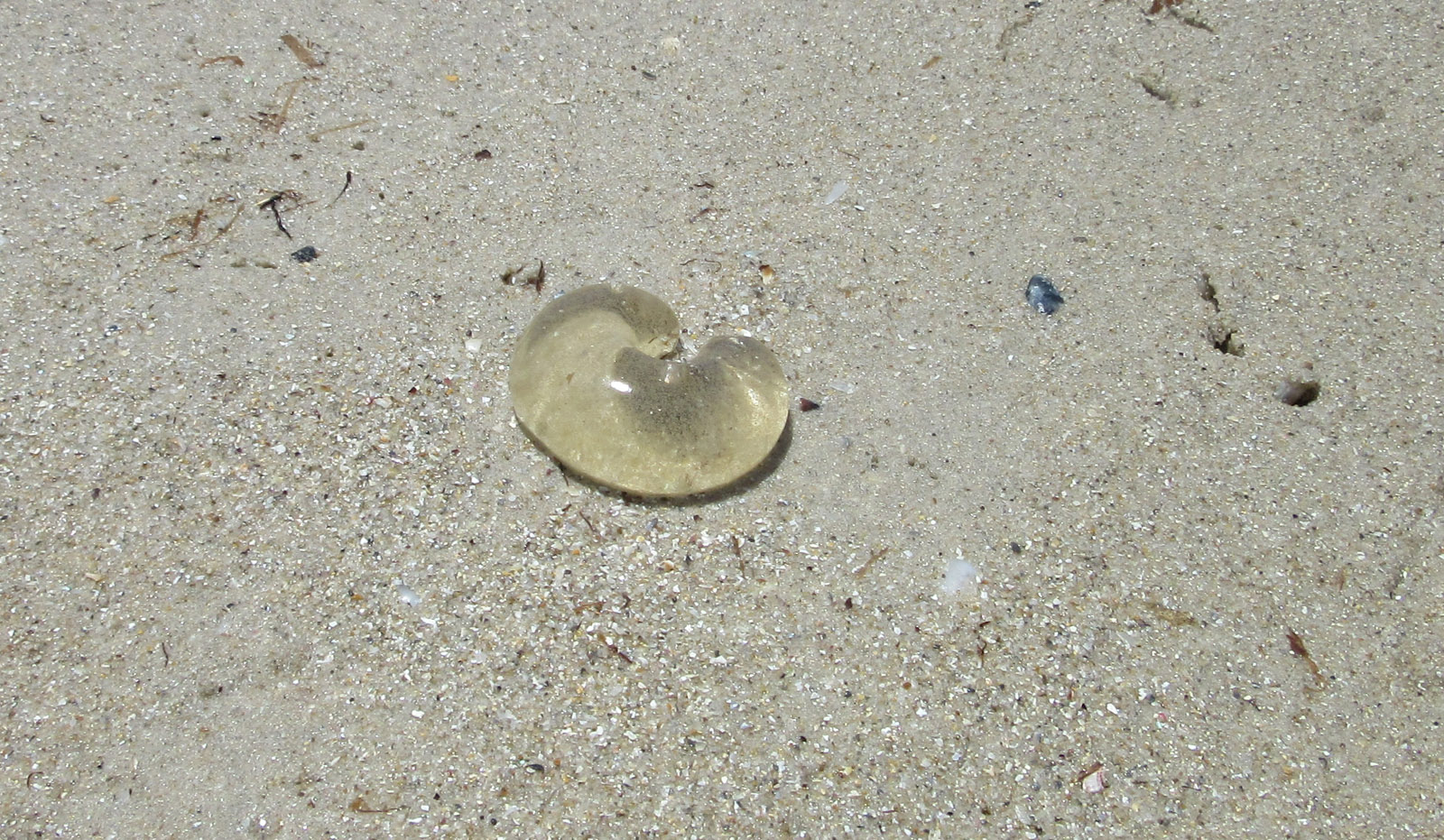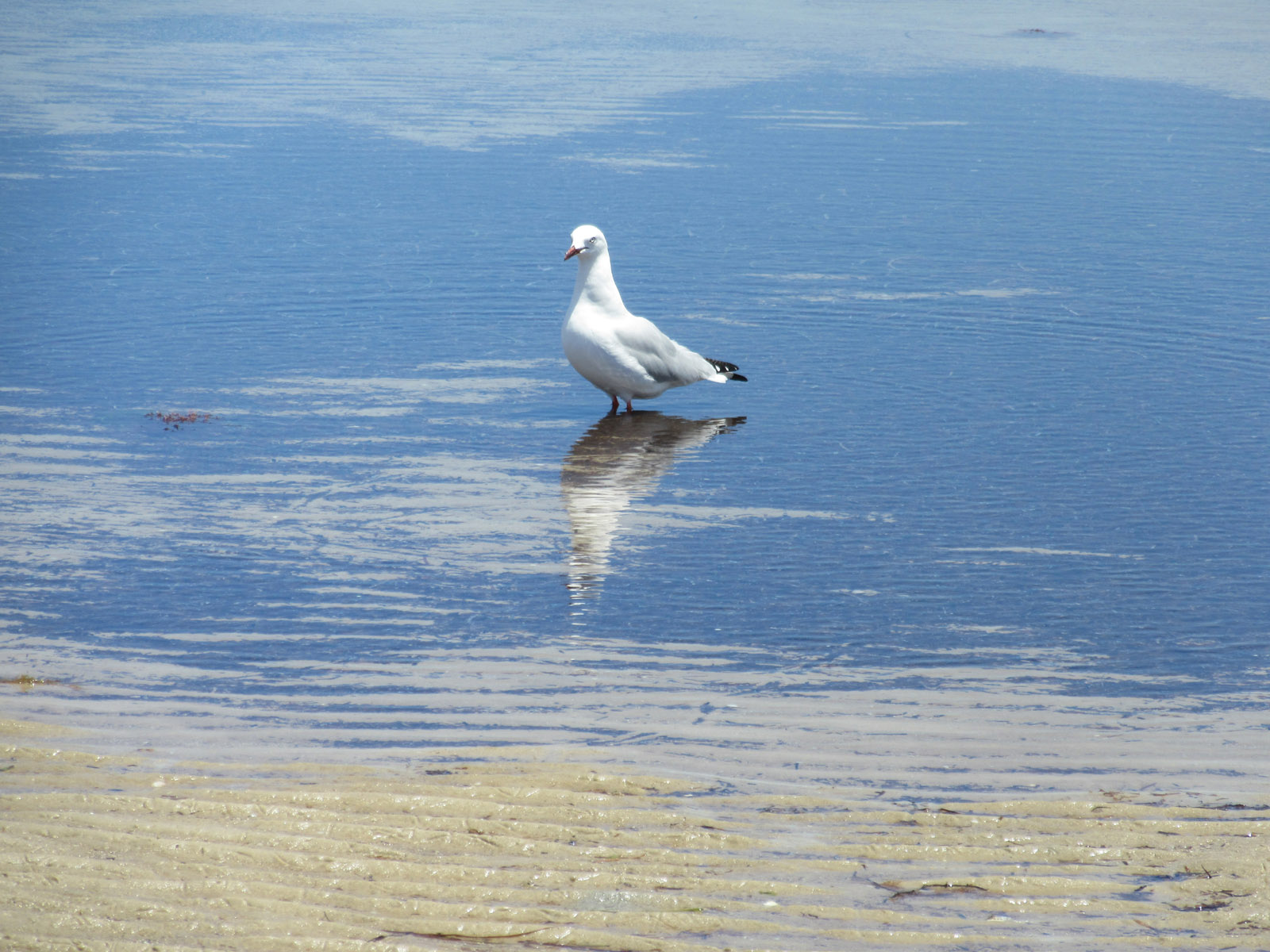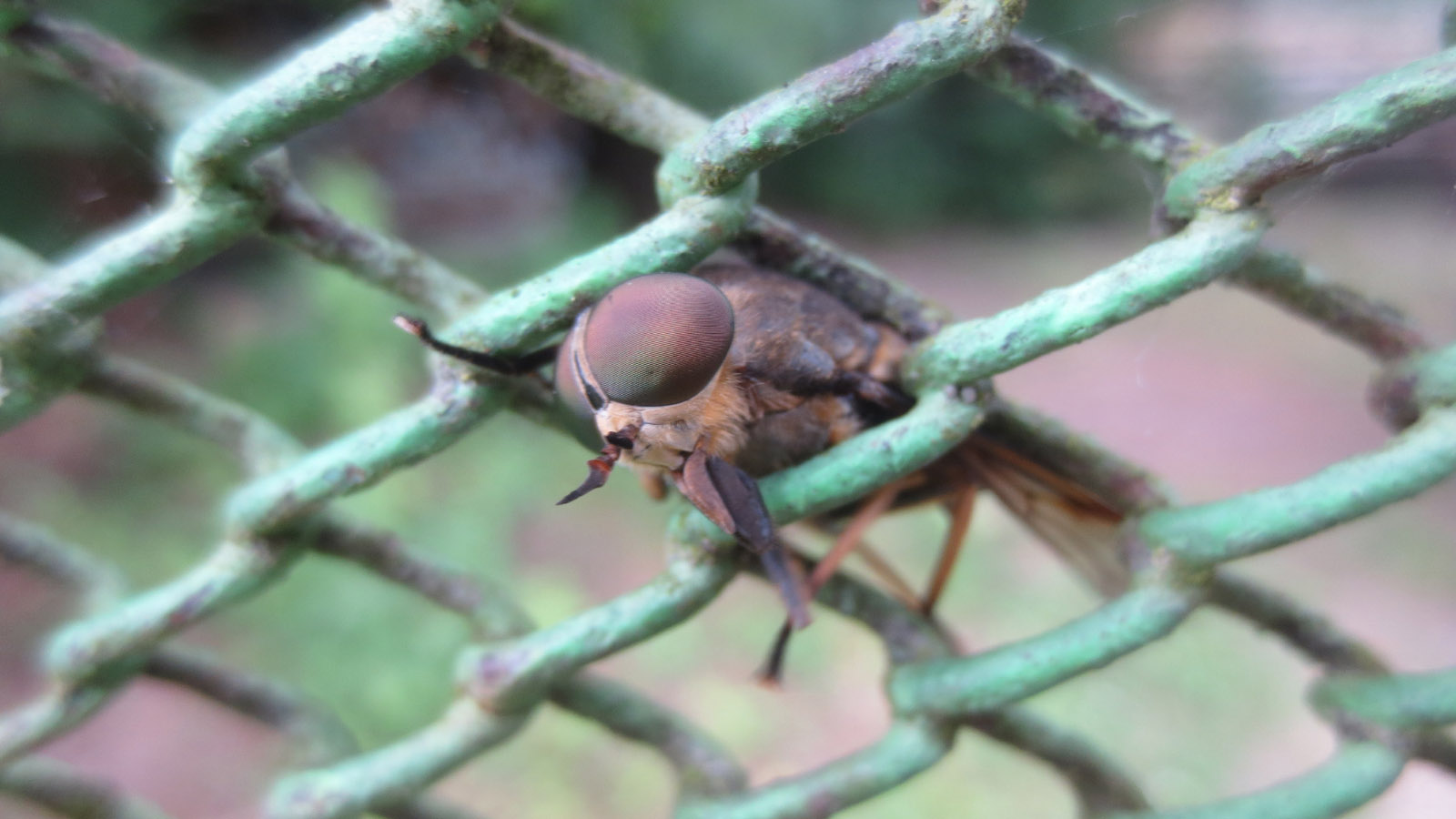Hawfinch, from Charly & Giliell. It’s Charly’s first sighting, and I know how exciting those are: Extreme luck. This is the first time in my life I have seen this bird live, and I managed to get a picture. Unfortunately only one. The bird was quite patient and struck a good photogenic pose for relatively long time, but I struggled to get him into focus for a closer picture (it was raining again and the light was crappity crap) and when I finally found him, he whooshed and did not return. Even so, I was excited to get one good picture. I hope he returns and brings some companions, they are beautiful. Click for full size:
© Charly, all rights reserved.
And from Giliell, click for full size:
© Giliell, all rights reserved.



























